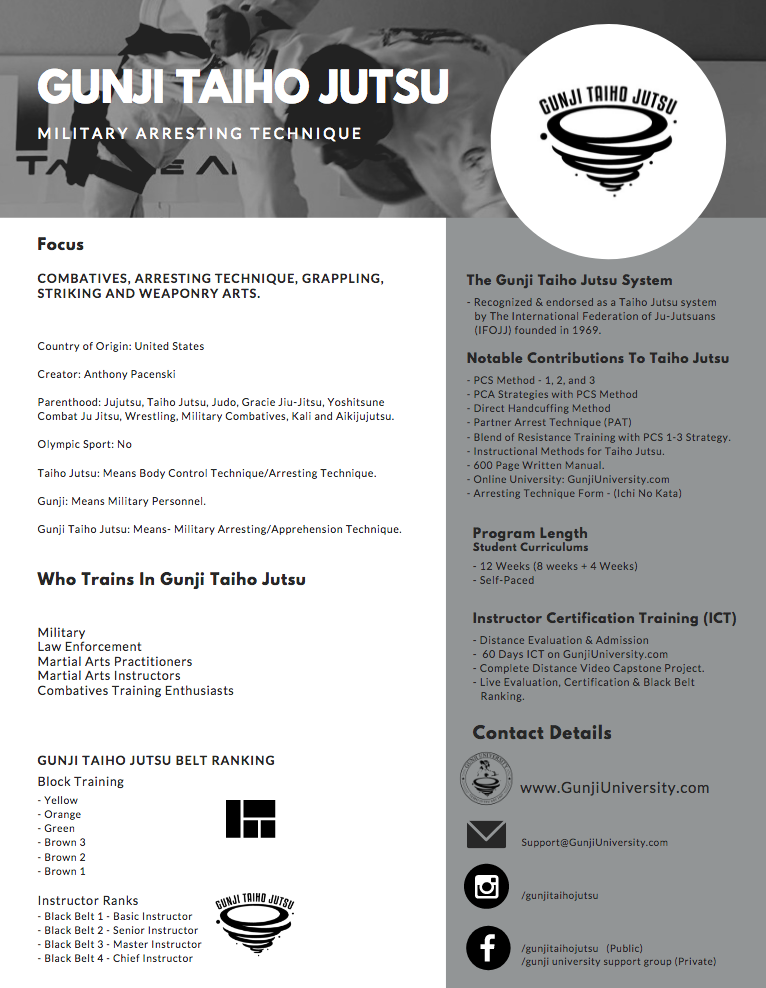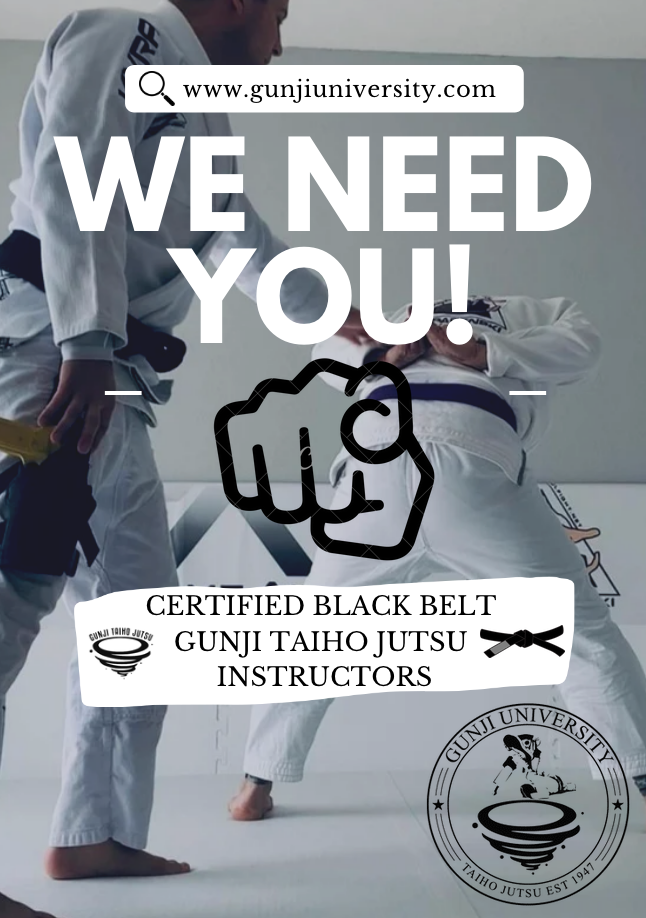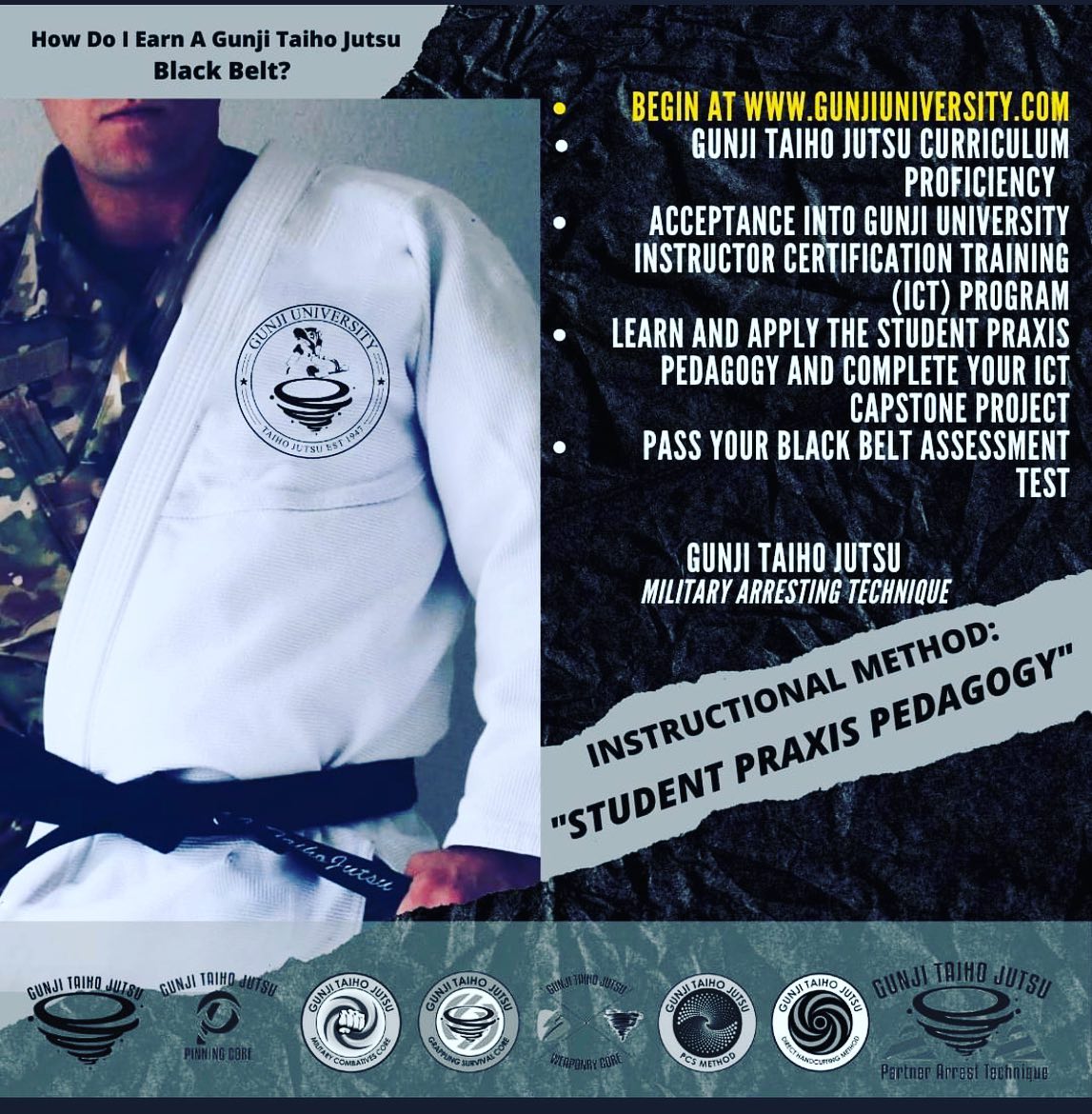Understanding Nishio's Half-Step Can Lead The Way

Practicing Japanese Martial Arts in Japan for the last two years has allowed me to learn more about Judo, Kendo, and Aikido. Within Aikido, I was first attracted to comprehend the Aikikai style as there are today many different variations of Aikido. The founder of Aikido, Morihei Ueshiba, had many live-in students over the years, and one was Yasuo Kobayashi Sensei, who is today an 8th dan in Aikido. I could write several articles about Kobayashi Sensei because of my unique experiences in this dojo learning the Aikikai style, much about taiho jutsu, the jo staff (aikijo), the bokken (aikiken), and among other disciplines like Japanese calligraphy after classes on Saturdays. During the era of Covid-19, I was not able to travel a lot east into central Tokyo, where Ichiro Shishiya Sensei was teaching; however, this would change in 2022. So for 2021, it was a deep dive into the Aikikai approach to Aikido with Kobayashi Sensei.
(Shoji Nishio practicing Judo in 1950 at the Kodokan in Tokyo)
With more restrictions lifted in 2022, I have been given the opportunity to learn under one of Shoji Nishio Sensei's best students: Ichiro Shishiya Sensei. Everyone one of my Aikido lessons has been noted in Japan, even training as far as Osaka, Japan, with Tenshin Dojo's chief instructor Fujitani Miyako Sensei have been captured to pen and paper. Along the way, I wanted to learn more about Nishio's approach to Aikido because it was much different compared to other styles of Aikido, including the techniques and strategies of Aikikai, Tenshin, Tomiki, Yoshinkan, and others. I very much like to see comparisons in Martial Arts techniques to see where the originator was thinking at the time, where he or she was coming from in the basic technique, and to get a glimpse of where they could be going in the future before passing on. All of the techniques in Nishio's expression of Aikido and Budo taught me by Shishiya Sensei have a message. The uniqueness of the approach is that all the techniques can be applied with empty hands, have Japanese atemi in the structure, and apply with the Ken and Jo. Shishiya Sensei, when the timing is right, will say, "This is how the technique is taught in Aikikai circles, and here is how we apply it differently."
One technique in the Nishio curriculum that makes up many base core movements and ideas is Gyakuhanmi Katatedori Uchi Kaiten Nage. In the video below, you can observe Nishio Sensei (Tori) and Shishiya Sensei (Uke) applying the core half-step philosophy, irimi, tenkan, kaiten, atemi, and nage, with and without weapons. This demonstration is an excellent example of Nishio's work regarding Budo. Tactically speaking, many of the techniques that Shishiya Sensei has explored with me take advantage of capturing the elbow of uke and/or bringing the elbow of uke across the centerline. In the video of Nishio Sensei, he does this right in the beginning and with an irimi half-step. Right now, there is much magic in the design of the technique, and for a moment, Nishio has a significant edge.
Below is a second video by Greenwood Sensei, who was also a student of Nishio as well. In the video, he explores some of the atemi structure of Uchi Kaiten's inside turn:
Nishio Sensei's half-step is a constant theme in his expression of Budo. Using the half-step changes the alignment of you versus an opponent, or as said in a Nishio dojo, partner. With the sword in your hand and one in your partner's hand, creating a single irimi half-step gives you the first moment to win. Under the philosophy of Nishio, this moment is the first chance not to win but to allow your partner to live or correct the nature of his way. You will not be able to see many things in a video, yet there is much to study once experienced.
‘Teachers have three loves: love of learning, love of learners, and the love of bringing the first two loves together.’–Scott Hayden
To The Reader
The author will be most happy to receive your comments, including criticisms and suggestions. Noteworthy comments may be included in future editions or books on this series.
Citations for Educational Purpose:
Youtube.com
Nishio Judo Photo: https://boec.com/the-great-masters-shoji-nishio-sensei-part-2
– Prof. “little” Tony Pacenski
Yokota Air Base – Tokyo Japan
Gunji Taiho Jutsu (GTJ) | Military Arresting Technique is a system of taiho jutsu that is a progressive way to teach Military or Law Enforcement personnel many of the traditional and contemporary jujutsu techniques of control and arrest while at the same time keeping mindful of secondary weapon systems during training and complementing all of the current and evolving Military Combatives programs in place for the different branches of the Military.






